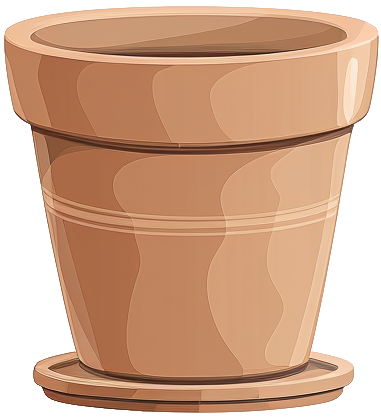- aglaonema
- 'peacock'

aglaonema
'peacock'
'peacock'
Care level
Medium
Popularity
Moderate
Variegation
Splashed pattern
This plant typically grows relatively tall with an upright and slightly arching shape, producing leaves that are long and thin with tips that curl back. The leaves have a silver green mottling with random dark green spots and a yellow-green midrib, and the stems holding the leaves are light green to white with occasional green marks; it also shows tolerance to cooler temperatures and resistance to common diseases.
Care & maintenance
Light
All areas of your interior that are roughly equidistant between shade and sun. These areas benefit from slight brightness throughout the day.
Temperature
Wide range (2°C - 30°C)
Fertilization frequency
Moderate
Monthly during the growing period.
Soil
Choose a Tropical plant mix: A rich, moisture-retentive blend with good aeration. Mimics the natural forest floor environment of tropical regions.
If you want to create your own substrate, you can make a mixture of the following soils:








Click on the soil name for more information.
Pot

Standard size
Prefer a pot with a classic width/depth ratio.
Incorrect or incomplete information?
In our goal of building the best plant database, we sometimes make mistakes or have incomplete information. You can help us fill these gaps!
Features
Size & growth
Large
Upright
Moderate growth
This plant grows at a moderate rate. It can reach 90 to 180 cm in height or spread.
It grows upwards without support.
Toxicity
| Cat | |||
|---|---|---|---|
| Dog | |||
| Human |
Reproduction & propagation
Fruits & flowers
Non-flowering & not self-pollinating
The aglaonema peacock cannot produce flowers and therefore fruits.
This plant is not capable of self-pollination, it will not be able to produce fruits if it is not pollinated by another individual.
